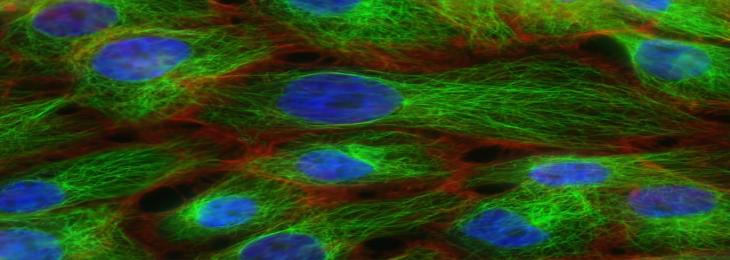Jun, 2021 - By WMR

The metabolic outcome of the bacteria and the fungus forming specific biofilms, favors certain cell signaling pathway that helps in the tumor development.
Each and every type of cancer has its own mechanism of its progression in the human body. Probably that what makes the disease most dangerous to treat. Recently in an in-vitro study done by the researchers of Sao Paulo State University (UNESP) stated the role of fungal and bacterial biofilms along with the cellular behavior towards neck and head cancer. The study shows the metabolism pattern of several fungus and bacteria which can activate genes specific to the neck and head tumorigenesis. The result showed that Secretome, a metabolite which is secreted by the different microbial biofilms can regulate expression of different oncogenes and also different cell-cycle regulators that direct towards tumorigenesis and its progression as well.
Proliferation as well as differentiation of the tumor el depends on different cellular signaling pathway. Out of them notable are P13K/mTOR/AKT and RAS/RAF/ERK/MEK. In every tumor and its progression towards metastatic property mutated gene expression is observed in these cell signaling pathway.
The squamous carcinogenic cell, most common cause of occurrence of mouth cancer, are challenged because of the stimulation of the biofilms of a bacterium Staphylococcus aureus and the fungus Candida albicans. Oral microbiota also plays an important role in the progression of cancer. Although the direct relevance has been found in the stimulating effect of these microorganisms causing stomach cancer; no relatable biomarker are present hitherto, that can stimulate neck and head cancer.
Understanding the cell-cycle and its progression, is very important for the cancer cell production as the checkpoints of the cell-cycle disrupts and causing the cell to grow uncontrollably. Control of these secreted metabolites can reduce the inflammatory action, interferes with the genetic expression associated with the progression of tumor. The finding of this study has given a novel way-out to look at the disease and understand it behavior.

We will be happy to help you find what you need. Please call us or write to us: